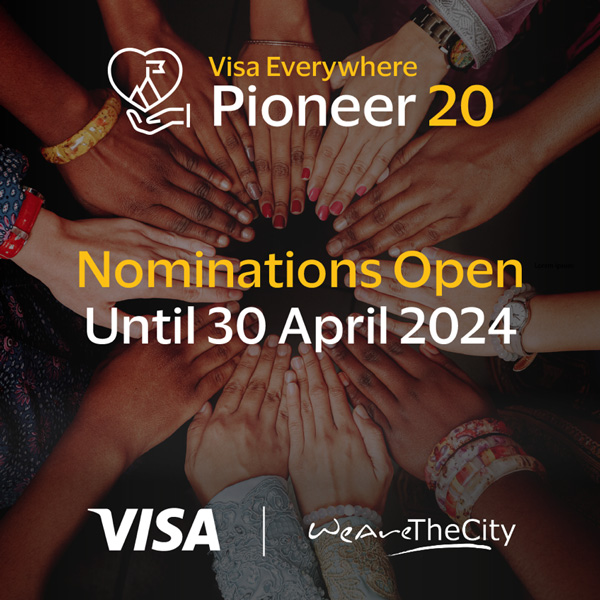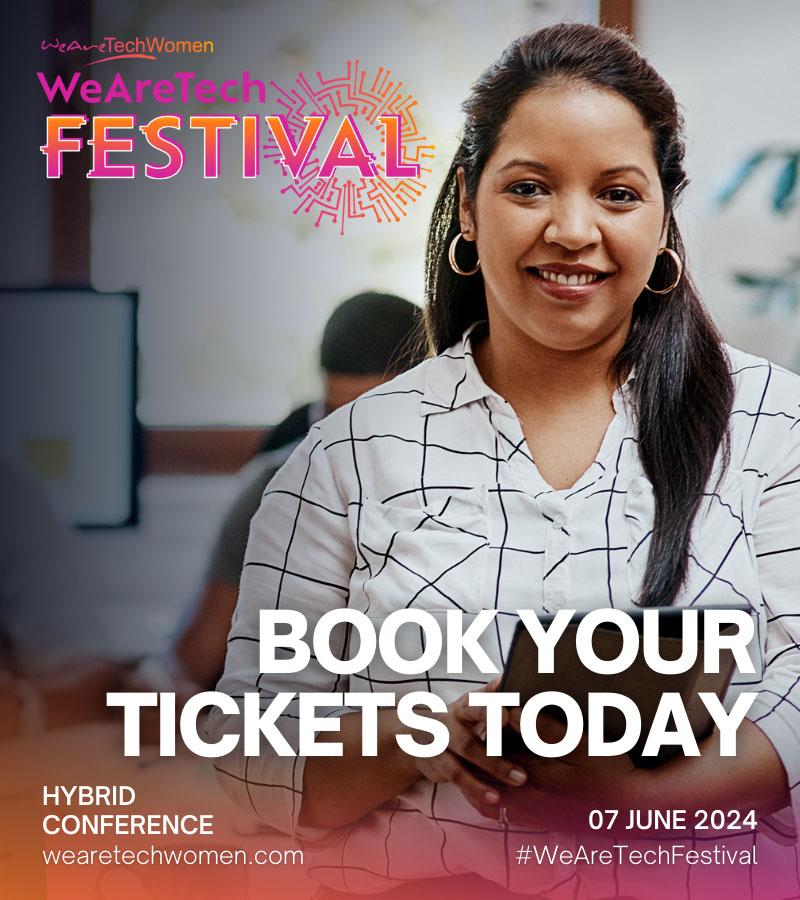Article by Kim Anderson, Insights
 It is certain that the modern pace of working life requires people to innovate – think on their feet, come up with solutions to challenges quickly and be ready for anything.
It is certain that the modern pace of working life requires people to innovate – think on their feet, come up with solutions to challenges quickly and be ready for anything.
Self-awareness is the strongest tool we have not only to power ourselves in an innovative environment, but to build a career, and a life, that’s designed for who we are and how we want to live.
Self-aware people are sure of their strengths and gifts in any situation, know how to bring everyone else along with them in their quest for innovative success and find it easier to have empathy for those whose shoes they’ve never walked in.
No matter what role you hold, or which problem you’ve been asked to solve, there are a range of ways in which you can access a spirit of innovation and bring a fresh perspective to even the oldest of problems. These self-awareness techniques can be used or repeated at any stage of the innovation process.
Communicate to collaborate
Part of self-awareness is knowing both how you communicate, and how well you communicate. Having the best ideas in the world will get you nowhere if you don’t land them well with the others in the room. Knowing who you’re talking to, and what they’ll need from you in order to get behind your idea is key; how you pitch your idea to the team will be the thing that makes it stand or fall.
Enable everyone an opportunity to input into idea generation and conversation by being aware of the preferences of everyone involved. Some people will happily speak up, others will appreciate solo reflection time, others will enjoy interactive exercises. Make it your job to find out what motivates other people and make space for their communication style too.
Open your mind with empathy
When thinking through a problem, put yourself in the shoes of the person who will become the end user. What will they need? What problems do they need help solving? What will the potential solution feel like or look like, how will it work or be accessed? These kinds of questions are a great jumping-off point when you’re looking for an innovative solution to a work challenge.
You can expand your empathy skills by finding someone who is an opposite type of person to you and ask each other a series of questions around a topic or subject matter; dig a bit deeper on their answers and later you can consider what was similar and different about the answers you both gave. Great for limbering up your empathy!
Look back and learn
Simply deciding on a solution and implementing it well isn’t the end of the process. We should all be lifelong learners part of the innovation process is reflecting on how you showed up as the project unfolded – the good, the bad, and the ugly. There should never be an endpoint in your journey of self-awareness and looking at how you perform in an innovative environment can be one of the steeper parts of the learning curve.
Develop yourself by asking for feedback from others on how they saw you perform. How do they think you could be even more effective? What could you stop, start, and continue doing? If you’re truly honest with yourself, do you have blind spots in your perception of your performance?
Use your failures to move you forward
Much like innovation, self-awareness isn’t something you are going to get right every time. Without sounding too clichéd we should take every failure as an opportunity to learn and improve. In both innovation and self-awareness, we can be clear on what success looks like for us, whether it’s a project output or a successful meeting, having a good understanding of this can help you assess whether you achieved it or not.
Create a journal of failures or feedback that indicates room for improvement. Reflect on these, how can you improve next time? What will you learn from this? Go back and note how you iterated your approach to overcome this failure the next time, was it more successful?
 About the author
About the author
Kim Anderson is a Designer for global people development company Insights. She is passionate about Inclusive Design and the positive impact that considering learning opportunities from many different perspectives can have on the design process. Insights Learning and Development is a global training and development provider, with a presence in over 90 countries.








